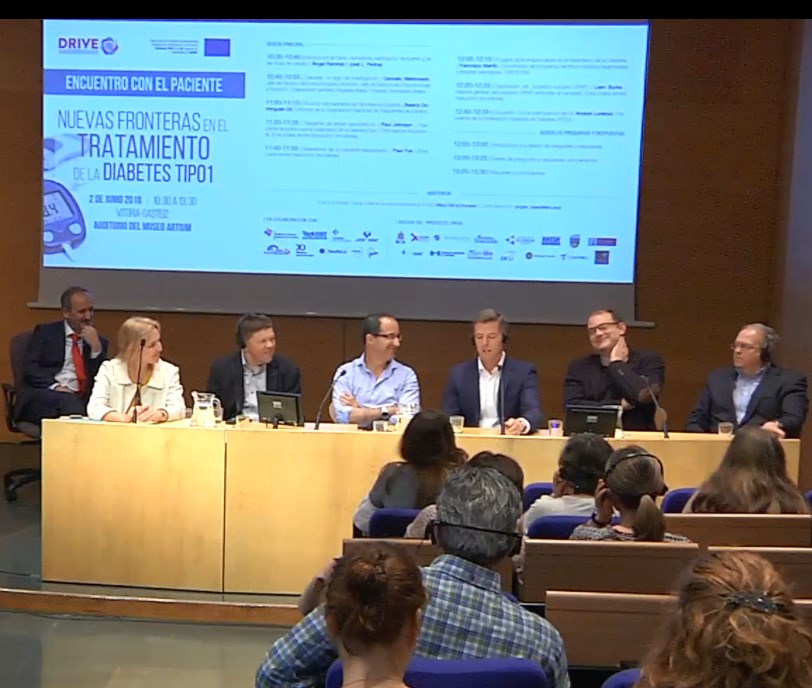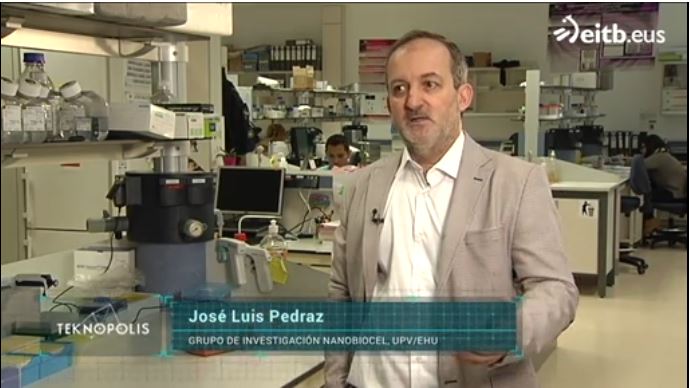Diabetes mellitus and pancreatic islet transplant: DRIVE
Today in the World Diabetes Day it is a good moment to remember The Patient Panel of the European project DRIVE- Diabetes Reversing Implants, held in Vitoria (Alava) on June 2 where researches and doctors met with patients and families.
The Panel was organized by the NanoBioCel group of CIBER BBN and NANBIOSIS Unit 10 Drug Formulation, with the purpose of letting know the DRIVE project to patients and concect patients with the project scientists and experts in pancreas and stem cell transplantation. Thus, one of the most important health objectives of the European Union was met: to promote direct access for patients and families, in this case patients with diabetes mellitus, to information on the cutting-edge research being carried out at European level on this disease in order to empower them, so that they are aware of their rights and responsibilities and so that through patient organisations cooperation with research groups is promoted.
The European DRIVE project aims to improve pancreatic islet transplantation therapy for diabetes mellitus. Transplantation of purified insulin-producing pancreatic islets from the donor pancreas can restore strict natural blood sugar control and eliminate the need for daily insulin injections, improving the patient’s quality of life. However, despite their proven efficacy among current treatments for type 1 diabetes in the transplantation therapy of insulin-producing pancreatic islets, there is a need to increase the survival of transplanted islet graft. There are also risks associated with immunosuppressive medication to be taken by islet transplant recipients. These factors limit the use of this therapy to a small percentage of patients with “fragile” type 1 diabetes for whom daily insulin injections are not sufficient to control their diabetes.
DRIVE’s significant contribution to improving the quality of life of a patient with diabetes mellitus is to achieve a better outcome in the management of this disease through the development of technologies to increase the survival rate of islet graft transplanted and waive the need for lifelong immune suppression. DRIVE’s vision is to extend the application of islet transplant therapy to more insulin-dependent diabetic patients (T1D and T2D).
















